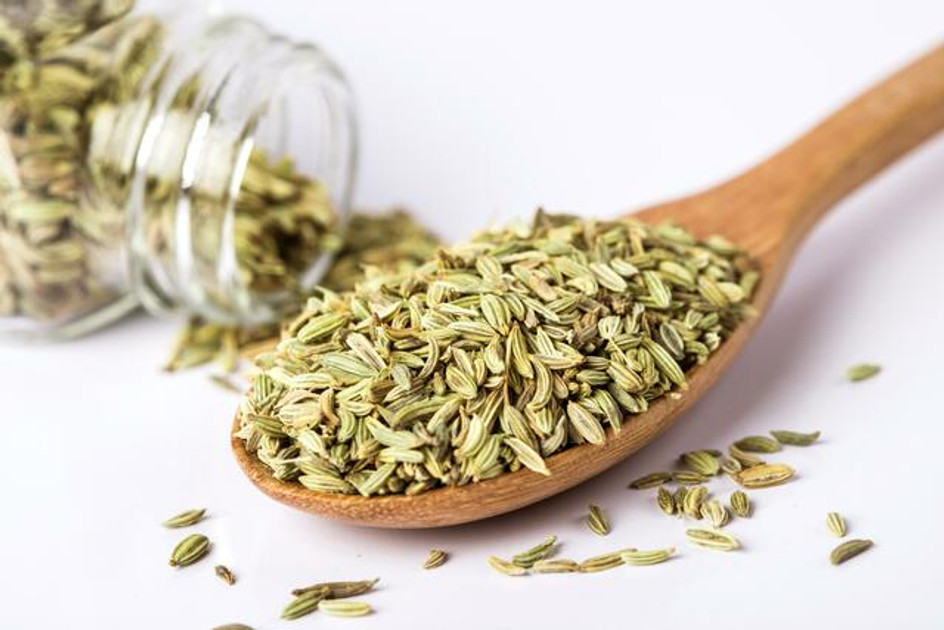What is Fennel Seed?
Posted by DrNatura on Mar 31st 2022
Fennel Seed(Foeniculum vulgare) is a relative of parsley and carrots, fennel originated in the Mediterranean region, where it can still be found growing wild. Today it is cultivated as a seed-bearing plant in temperate climates in both Europe and Asia.1 It is most often used medicinally for gastrointestinal complaints, flatulence, and in cases of poor appetite.
What it is used for: Fennel seeds help to rid the intestinal tract of mucus and aid in the relief of flatulence.2 In higher concentrations, it also exhibits an antispasmodic effect, and has proven useful for soothing cramps and spasms in the gastrointestinal tract.3 Seeds can be chewed for upset stomach, indigestion, and heartburn.4 Tea made from the seeds can be used to treat children’s colic.5
Research Highlights: Fennel seeds contain anethole and fenchone, which have been shown in laboratory tests to break down secretions in the respiratory tract.6 These two components account for much of the seed’s medicinal value. Anethol is an anti-spasmodic and therefore relieves cramps. Fenchone stimulates the appetite.7
----
Disclaimer: This information is meant to be used for educational purposes. These statements have not been evaluated by the Food & Drug Administration. These ingredients and DrNatura is not intended to diagnose, treat, cure or prevent any diseases.
As with any medical information on health, it is always best to check with your personal physician who knows your medical history best since they are more qualified in giving you the best recommendation. Our information, advice or recommendation is not intended to be a substitute for professional medical advice, diagnosis, or treatment. Always seek the advice of your physician or other qualified health provider with any questions you may have.
References:
1. The Complete Guide to Natural Healing. (2000). International Masters Publishers, AB., 1:15.
2. Balch, P. & Balch, J. (2000). Prescription for Nutritional Healing, 3rd ed., Avery Publishing, pg. 69.
3. PDR For Herbal Medicines, 3rd ed. (2004). Thompson PDR, pg. 317.
4. Foster, S. & Hobbs, C. (2002). Peterson Field Guides: Western Medicinal Plants and Herbs, Houghton Mifflin Company, pg. 125.
5. Ibid.
6. Armstrong, D. (2001). Herbs That Work, Ulysses Press, pg. 47.
7. The Complete Guide to Natural Healing. (2000). International Masters Publishers, AB. 1:15.


